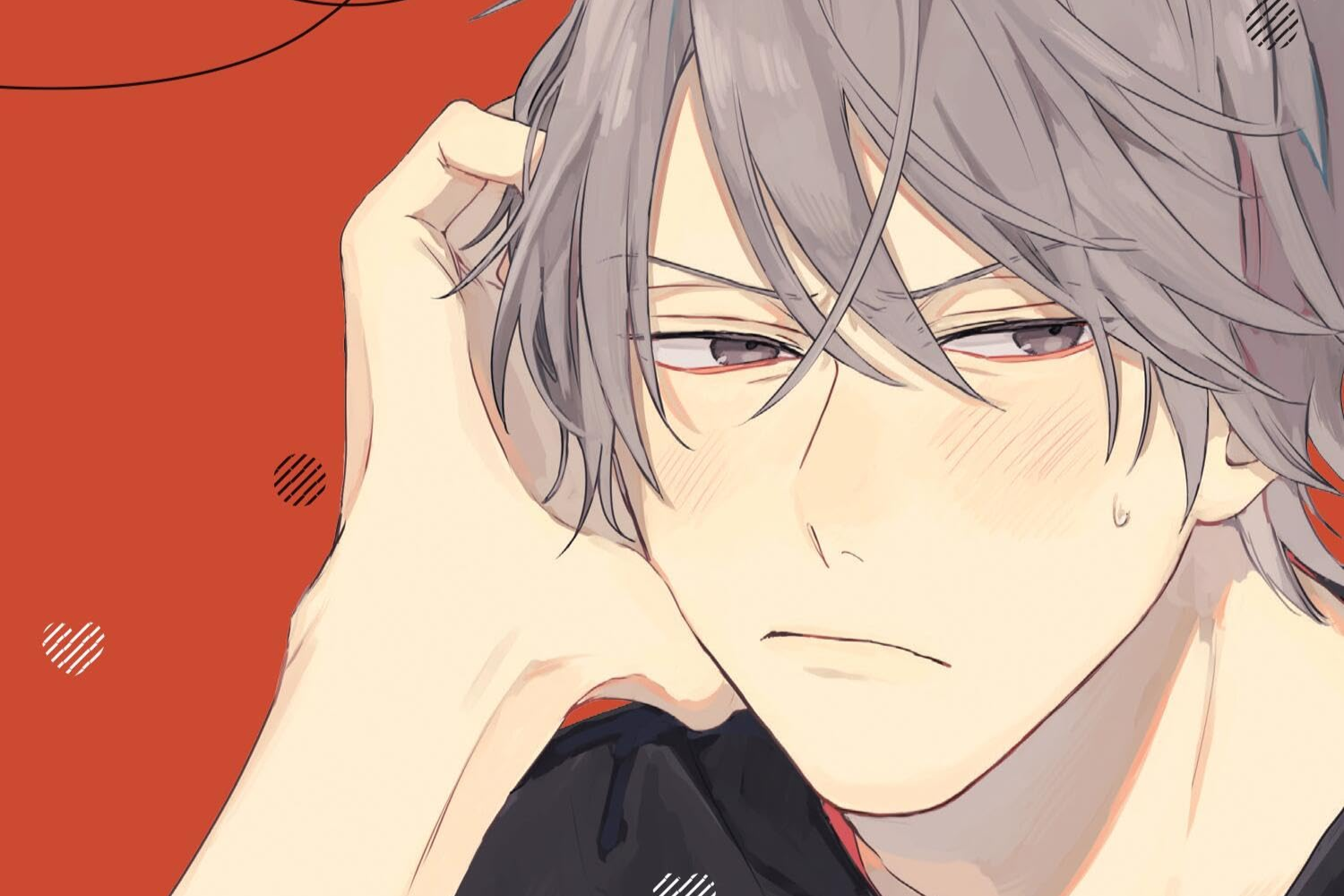After We Gazed at the Starry Sky: Vol. 3 Review
Here at last is the quiet, luminous finale. After We Gazed at the Starry Sky, Vol. 3 closes Subaru Miyazawa and Tōgo Amase’s love story with tenderness and intention, choosing everyday vows over melodrama.
Now, arriving in English from Yen Press, this final book gathers the last arc of chapters, steering the couple from engagement into concrete decisions about how they want to be seen; by each other and by the world.
Plot
Designer Subaru Miyazawa, who uses a wheelchair, meets his longtime idol—night-sky photographer Tōgo Amase—through a planetarium pamphlet job. Fortunately, things seem to work out for the duo, and a gentle romance follows, grounded in a shared sense of compassion and the quiet awe of stargazing.
This time around, the last book opens with Subaru and Tōgo, who are happily engaged and learning the rhythms of shared life. When Tōgo proposes a small ceremony and wedding photos, Subaru is elated but chooses to think carefully about what that ritual would mean, given Tōgo’s past and their agreement to move at a pace that feels honest to both of them.
The volume tracks that decision through domestic beats, frank conversations about visibility and boundaries, and practical planning, toward a low-key celebration that reflects who they are, not what they’re “supposed” to perform.
Characters
Subaru remains the series’ steady heart: he’s observant, practical, and quietly brave about naming what he wants. His perspective on accessibility and intimacy never reads like a “lesson” for Tōgo; instead, it’s a shared language the pair keeps refining. Tōgo, for his part, is more articulate in this volume about why ritual matters to him (and why photos, of all things, can carry a promise that outlasts a moment).
Their dynamic rests on reciprocity. Subaru challenges Tōgo’s impulses when needed, while Tōgo creates space for Subaru’s pace. Side characters fade to the periphery, which is also the right call for a finale focused on two people choosing the texture of their future together.
And if you’re returning for this duo, you won’t be disappointed.
Art
Bisco Kida’s linework leans spare but very much expressive, just enough to suggest posture, breath, and the quiet gravity of hands meeting. Nighttime panels and interiors, a constant across the series, are handled with soft values that echo Tōgo’s star-focused photography without turning the page into a light show.
Faces carry the load with notations like a lowered gaze, a smile that doesn’t reach the eyes, or even the precise moments when Subaru relaxes into a frame. And as a whole, this final character-arc stretch appears perfectly on page by playing up its warmer aesthetics that are modest, affectionate, and (more importantly) true to the couple.
Themes
Aside from its ongoing themes about new love, it also focuses on virtual versus reality as the book’s center. As mentioned earlier, Kida asks what a wedding photo means when two people already live like partners: Is it a performance, a record, or a gift? The answer here is beautifully specific by staking a claim that it’s more consent to be seen, together, in ways each can live with.
Furthermore, the series has always been a slice-of-life romance, but its thematic tenderness is only sharpened by a final arc that feels earned.
Verdict
As finales go, this one is admirably restrained. There’s no last-minute triangle, no cruel miscommunication—just two adults negotiating what commitment looks like for them, then taking the picture. And if you’ve followed Subaru and Tōgo from the planetarium’s glow to the apartment they now share, Volume 3 offers exactly the closure you want.







